The Eiffel Tower stands as a remarkable testament to human ingenuity and the spirit of innovation. This iconic structure, which graces the skyline of Paris, is not just a symbol of the city; it encapsulates the very essence of France itself. Completed in 1889, the Eiffel Tower has transcended its initial role as merely an architectural marvel to become a cultural phenomenon recognized around the globe.
A Journey Through Time: The History of the Eiffel Tower
Understanding the Eiffel Tower requires delving into its rich history, which intertwines with significant events that have shaped modern civilization. The construction of this formidable edifice was not without controversy, yet it emerged as a beacon of progress and creativity.
The Birth of an Icon
The inception of the Eiffel Tower can be traced back to the late 19th century when France sought to celebrate the centennial of the French Revolution through the 1889 Exposition Universelle. Gustave Eiffel, an engineer known for his innovative approach to metal structures, was entrusted with this monumental task.
The design aimed to symbolize French industrial prowess and was met with mixed reactions. Intellectuals and artists rallied against the tower, fearing it would mar the Parisian skyline. Yet, against all odds, construction began, employing over 300 workers and utilizing more than 18,000 individual iron parts. This undertaking represented not only a leap in engineering but also a triumph of human spirit amidst skepticism.
Overcoming Adversity
Despite the challenges posed by the public’s disapproval and technical difficulties, the Eiffel Tower was completed on time. Its unveiling was met with awe during the Exposition Universelle, attracting millions of visitors who marveled at its elegance and unparalleled height.
One cannot overlook the transformative impact this structure had on civil engineering practices. It introduced new methods of using iron in construction, allowing future architects to envision taller and more ambitious designs. The Eiffel Tower became a rallying point for innovation, influencing generations of engineers and designers who followed.
Symbolism and Cultural Resonance
The Eiffel Tower has grown beyond its physical presence; it embodies various themes and aspirations. As a global symbol of love, freedom, and resilience, it has found its way into countless artistic representations and narratives. In films, paintings, and music, the tower serves as both a backdrop and a character, representing diverse emotions and experiences.
This cultural resonance reinforces the notion that the Eiffel Tower is more than an architectural feat—it is a living emblem of collective memory and national identity. Its ability to resonate with people across different cultures and epochs is a testament to its enduring significance.
Exploring the Unique Experiences at the Eiffel Tower
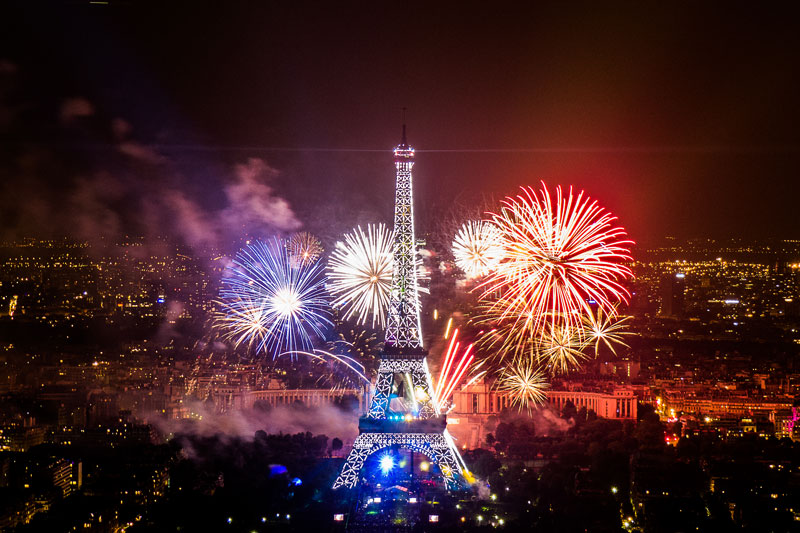
Visiting the Eiffel Tower is an adventure that goes beyond simply gazing up at its majestic form. The experiences it offers are multi-faceted, enticing millions of tourists each year to explore its heights and depths.
Ascending to New Heights
One of the most exhilarating aspects of visiting the Eiffel Tower is the choice between taking the elevator or climbing the stairs. Each option presents distinct experiences that appeal to a variety of visitors.
Opting for the elevator provides a swift ascent to the top, where panoramic views of Paris unfold in every direction. The sensation of standing atop one of the tallest structures in the city while absorbing the sprawling landscape is nothing short of breathtaking. From this vantage point, landmarks like the Seine River, Notre-Dame Cathedral, and Montmartre appear small yet significant, inviting contemplative reflection.
Conversely, ascending via the stairs offers a more intimate experience. Visitors can take their time, feeling the structure’s immense ironwork beneath their feet while gradually gaining elevation. This method allows for a deeper appreciation of the craftsmanship involved in constructing the Eiffel Tower, as well as opportunities to pause and admire the intricate details of each level.
Guided Tours and Hidden Stories
To fully appreciate the history embedded within the Eiffel Tower, many opt for guided tours that unveil hidden stories and lesser-known facts about its construction and significance. Knowledgeable guides weave together historical anecdotes, revealing the struggles faced during its construction and the pivotal moments that defined its legacy.
Visitors often learn about the ingenious engineering techniques employed, such as the use of scaffolding and hydraulic lifts, that contributed to the tower’s completion in record time. The tales of workers who braved the heights and conditions to build the Eiffel Tower add a personal touch, transforming the visit into a shared experience steeped in camaraderie and resilience.
Seasonal Events and Cultural Activities
The Eiffel Tower serves as a stage for numerous seasonal events and celebrations throughout the year. From light shows illuminating the night sky to themed exhibitions that reflect the pulse of contemporary culture, there is always something captivating happening at this iconic landmark.
During the winter months, festive decorations adorn the tower, creating a magical ambiance that draws families and couples alike. Special events, such as New Year’s Eve fireworks displays, attract crowds eager to experience the tower in all its illuminated splendor.
In contrast, summer months witness an influx of tourists reveling in outdoor picnics on the Champ de Mars, accompanied by the sight of the Eiffel Tower towering majestically in the background. These activities foster community engagement and create lasting memories for visitors of all ages.
The Cultural Impact of the Eiffel Tower

Beyond its physical beauty, the Eiffel Tower has influenced art, literature, and popular culture in ways too extensive to capture in mere words. It has sparked creativity and imagination, inspiring artists, writers, and dreamers alike.
An Artistic Muse
Many renowned artists have drawn inspiration from the Eiffel Tower, incorporating it into their work in unique and imaginative ways. Painters like Édouard Léon Cortès captured the tower within the urban life of Paris, showcasing it as an integral part of the cityscape, blending its majesty with the charm of everyday scenes.
Similarly, photographers have immortalized the Eiffel Tower in countless iconic images. With its ever-changing backdrop of seasons and weather conditions, the tower becomes a canvas that captures fleeting moments of beauty and emotion.
The allure of the Eiffel Tower extends beyond visual arts; it has woven itself into the fabric of literature. Numerous authors, poets, and novelists have evoked its symbolism in their writings, portraying themes of love, longing, and nostalgia.
A Romantic Haven
As a quintessential symbol of romance, the Eiffel Tower has become a destination for couples seeking to declare their love. Countless marriage proposals have taken place against its backdrop, solidifying its status as a romantic haven.
The tower’s enchanting atmosphere, especially at twilight when it sparkles under twinkling lights, creates an idyllic setting for lovers. Whether sharing a quiet moment on a nearby bench or enjoying a meal at one of the tower’s restaurants, couples find themselves enveloped in the magic of the Eiffel Tower.
A Beacon of Tourism and Economic Growth
The popularity of the Eiffel Tower has had profound implications for Paris’s economy. As one of the most visited monuments globally, it attracts millions of tourists each year, bolstering local businesses and generating substantial revenue for the city.
Beyond direct tourism, the Eiffel Tower serves as a catalyst for promoting French culture, cuisine, and traditions. Many visitors leave with lasting impressions and a desire to return, contributing to an ongoing cycle of cultural exchange and economic prosperity.
Embracing the Future: The Eiffel Tower in a Modern Context

As the world evolves, so does the Eiffel Tower. While it remains steadfast in its grandeur, modern technology and contemporary design continue to enhance its appeal and accessibility.
Technological Innovations
The advent of technology has ushered in new possibilities for experiencing the Eiffel Tower. Integration of digital systems and interactive displays allows visitors to engage with the structure in innovative ways.
Virtual reality experiences enable guests to step back in time and witness the construction process firsthand, providing an immersive glimpse into history. Such advancements help preserve the narrative of the Eiffel Tower while making it accessible to a broader audience.
Sustainability Initiatives
Recognizing the importance of sustainability, efforts are being made to ensure that the Eiffel Tower retains its magnificence while minimizing its environmental impact. Initiatives focused on energy efficiency, waste reduction, and conservation are being implemented to protect this cherished landmark for future generations.
Solar panels and other renewable energy sources contribute to powering operations, reflecting a commitment to preserving both the tower and the surrounding environment. This dedication to sustainability illustrates that even monumental structures can adapt to modern values and responsibilities.
A Collaborative Space for Artists and Innovators
The Eiffel Tower is evolving into a collaborative space, inviting artists and innovators to showcase their talents. Art installations and performances hosted at the tower provide platforms for creative expression while engaging the public in meaningful ways.
Through these collaborations, the Eiffel Tower continues to inspire and nurture talent, ensuring that it remains relevant in contemporary society. The fusion of tradition and innovation breathes new life into the tower, solidifying its status as a cultural hub.
Conclusion
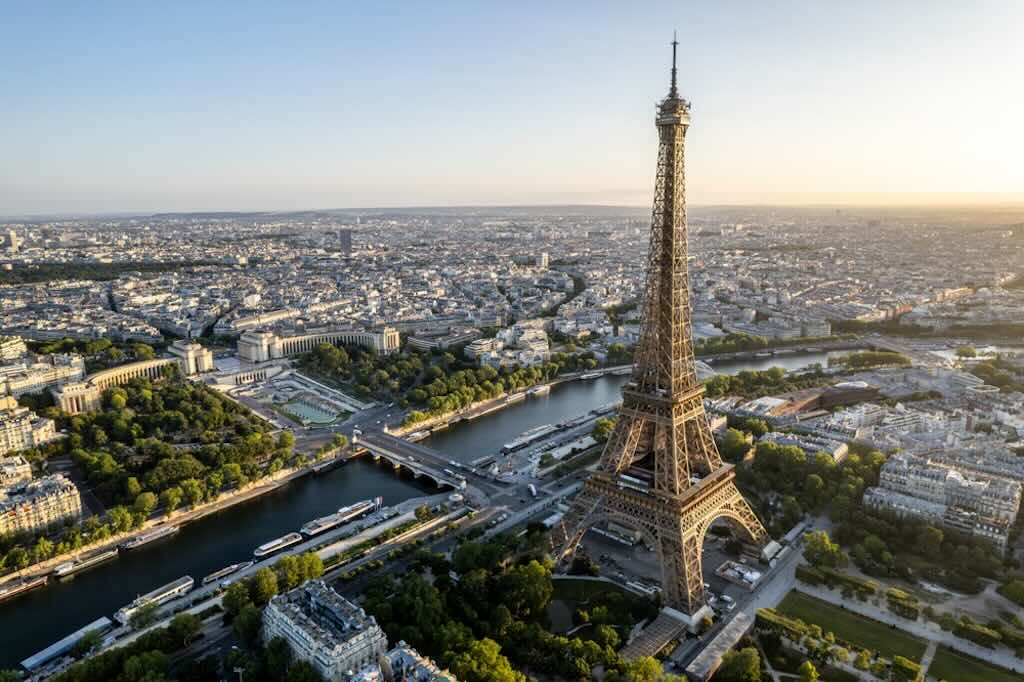
The Eiffel Tower stands as a timeless monument, embodying the intersection of history, culture, and innovation. Its enduring legacy captivates hearts and minds, drawing millions to Paris to partake in its unique offerings.
From its controversial beginnings to its current status as a beloved icon, the Eiffel Tower reflects humanity’s quest for beauty, progress, and connection. As we embrace the future, we carry with us the stories and experiences ingrained within its iron frame—a reminder that some structures transcend mere architecture to become integral parts of our shared history and identity.
✉️ Stay Connected — Subscribe for Weekly Updates
Discover timeless stories, practical wisdom, and beautiful culture — delivered straight to your inbox.
*We only share valuable insights — no spam, ever.


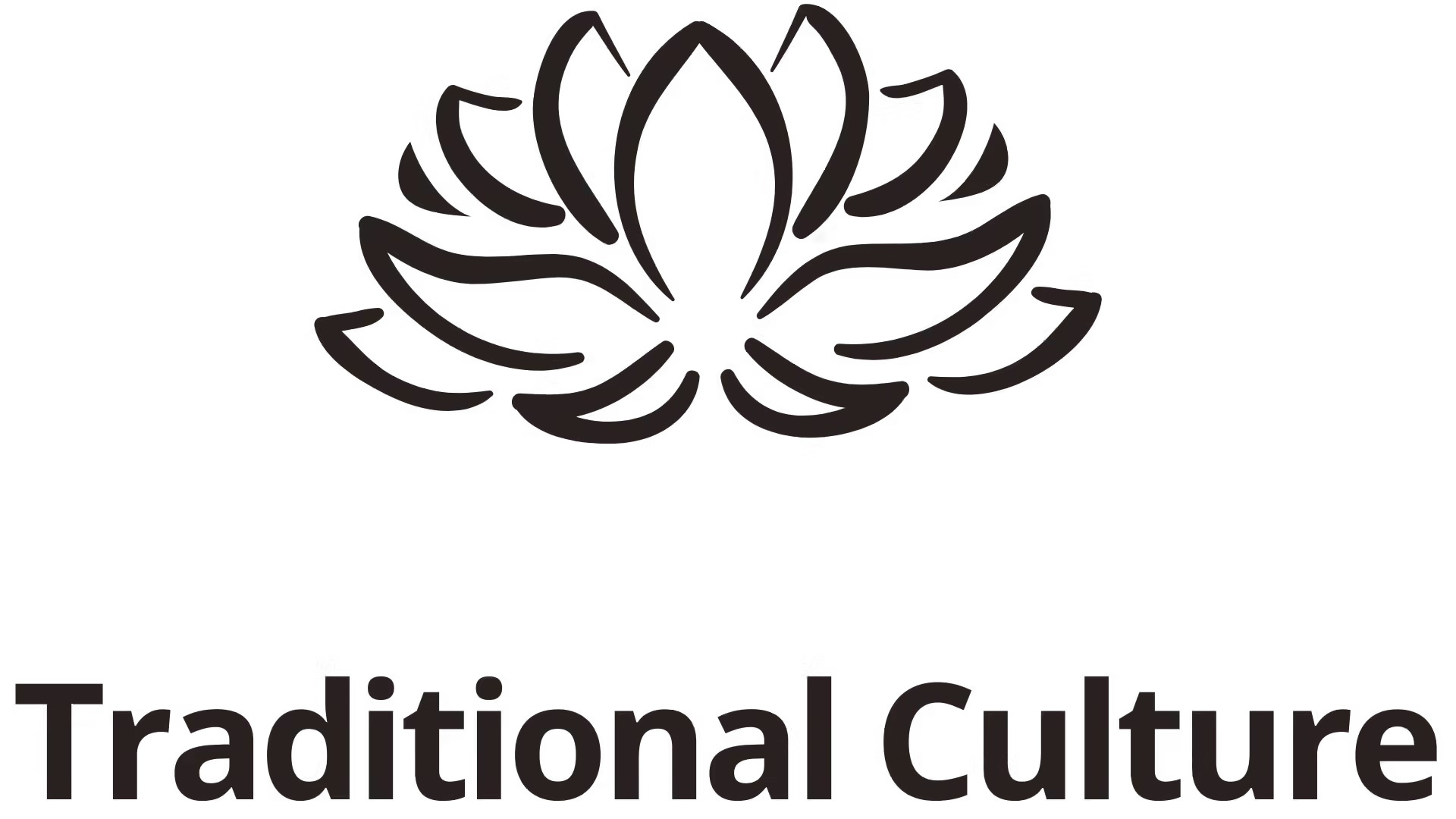

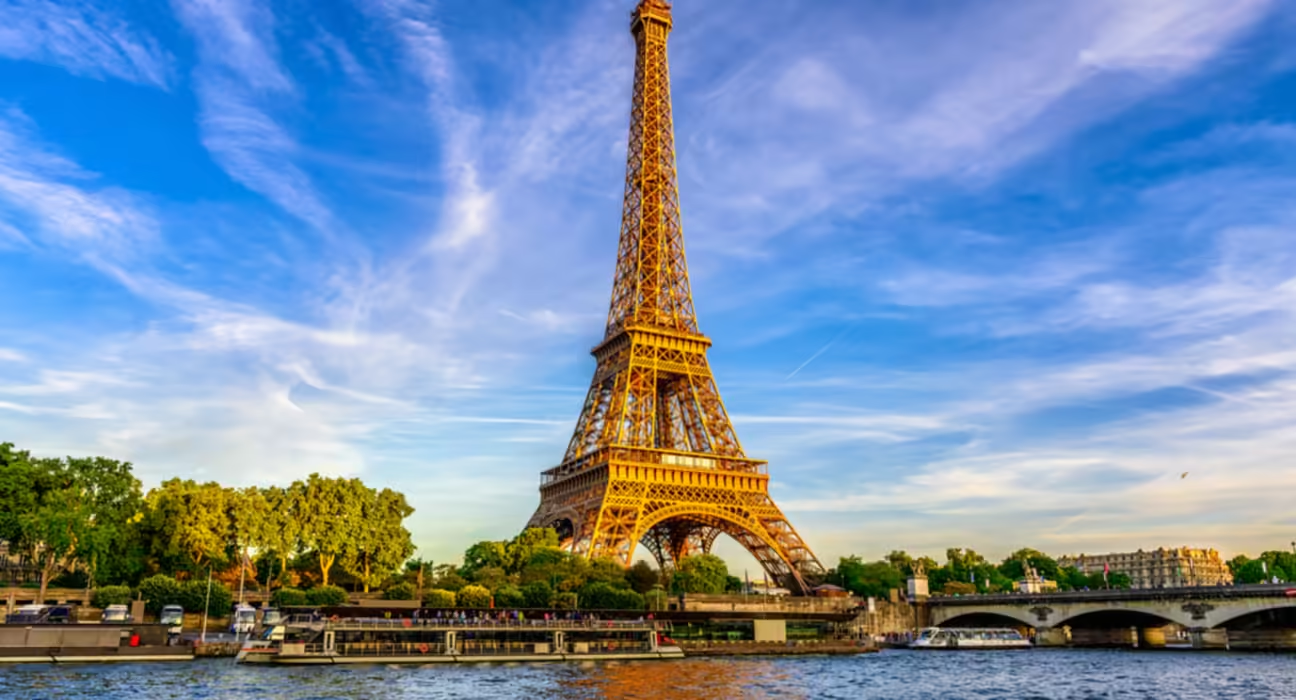
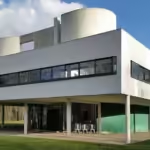

Bonniekeeft
Tháng mười một 1, 2024Когда затеял ремонту, полагал – ну интернет же, здесь все есть. Как бы не так! Первый пишет грунтовать 3 раза, второй – что достаточно одного покрытия, некоторые вообще пропагандируют клей ПВА использовать. Потерял уйму времени, пока не нашел полезный подборку отобранных сайтов. В нем подобрали исключительно проверенные ресурсы – с нормами, советами практиков и минус всякой рекламной бла-бла. Пользуйтесь, может убережёте время
[url=https://saitidei.icu/]Каталог будівельних сайтів[/url]
John Son
Tháng mười một 1, 2024Большое спасибо